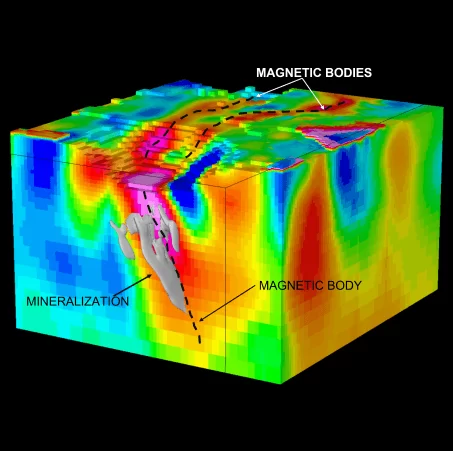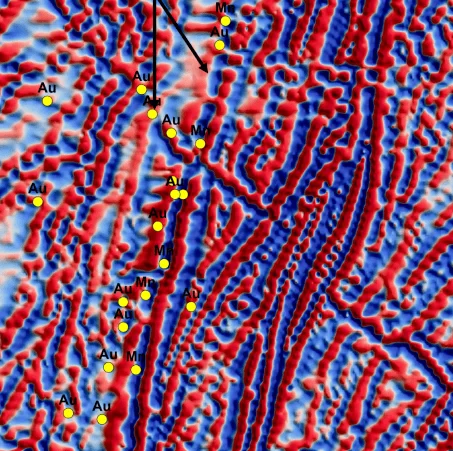Usually the mineral deposits are end-products of complex interplays of ore-forming processes that leave behind their signatures in form of various geological features, resulting in nonlinear correlations of mineral occurrences with these features that seem to be far too complex to be adequately handled by traditional prospection approaches.
Machine and Deep Learning tools make it possible to analyze the relationship between large amounts of geological, geophysical and geochemistry data over the deposit and use the results to search for analogous and potential deposits identifying patterns and features that may indicate the presence of minerals.

ML and DL has shown a good performance in situations involving the prediction of categories from spatially dispersed training data and are especially useful where the process under investigation is complex and/or represented by a high-dimensional input space.
Data pre-processing has a huge importance and aims to compile, correct, transform or subset available data into a representative set of inputs. Pre-processing is motivated by the need to prepare data so that it contains information relevant to the intended application.

Geological Data
Geochemical
Geophysical Data






